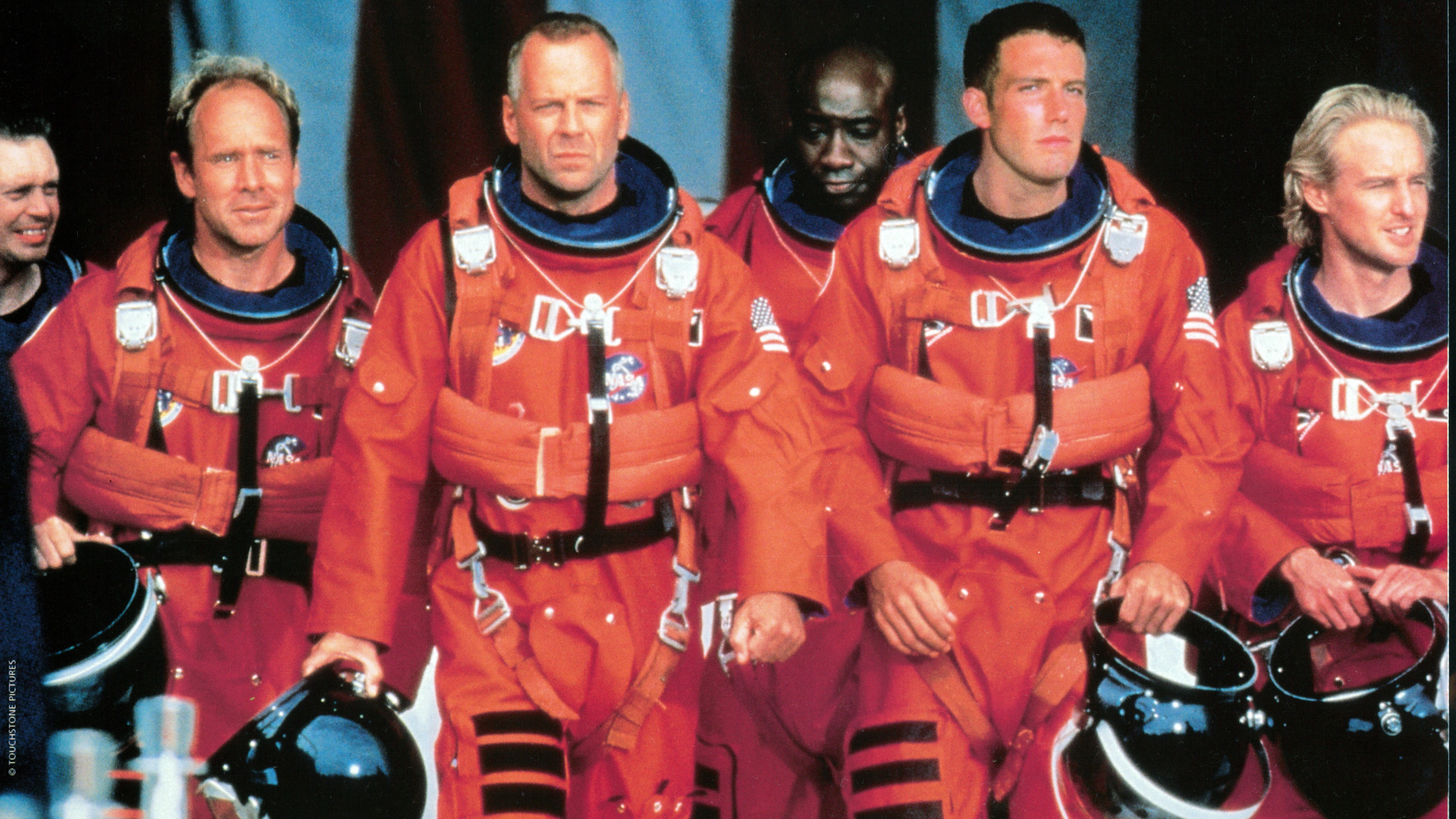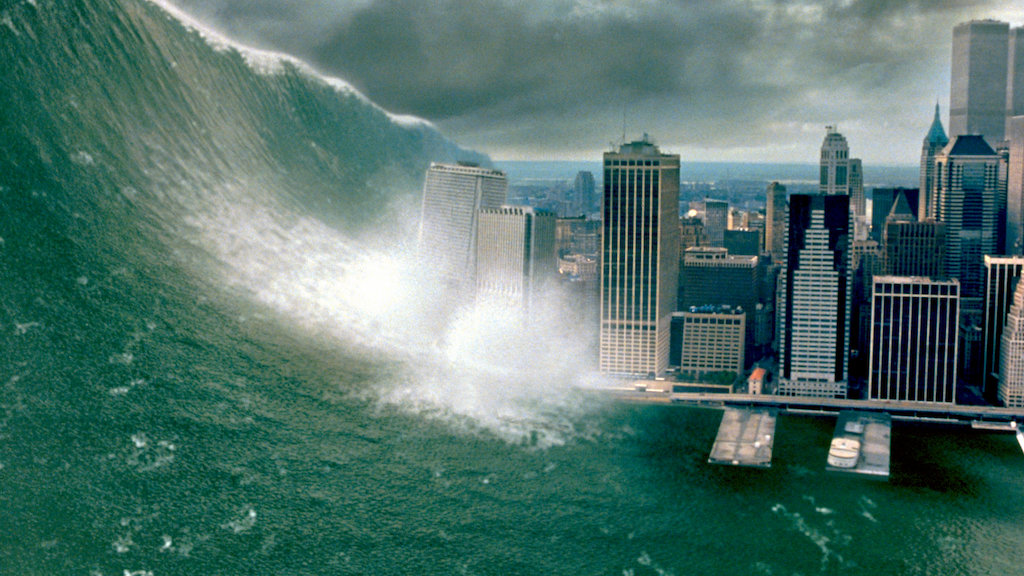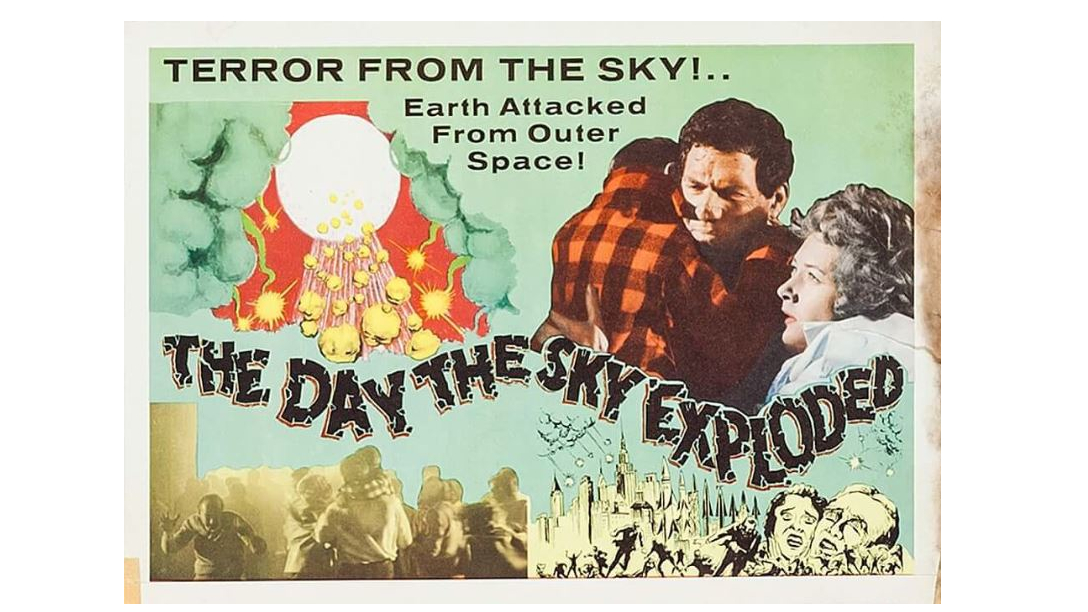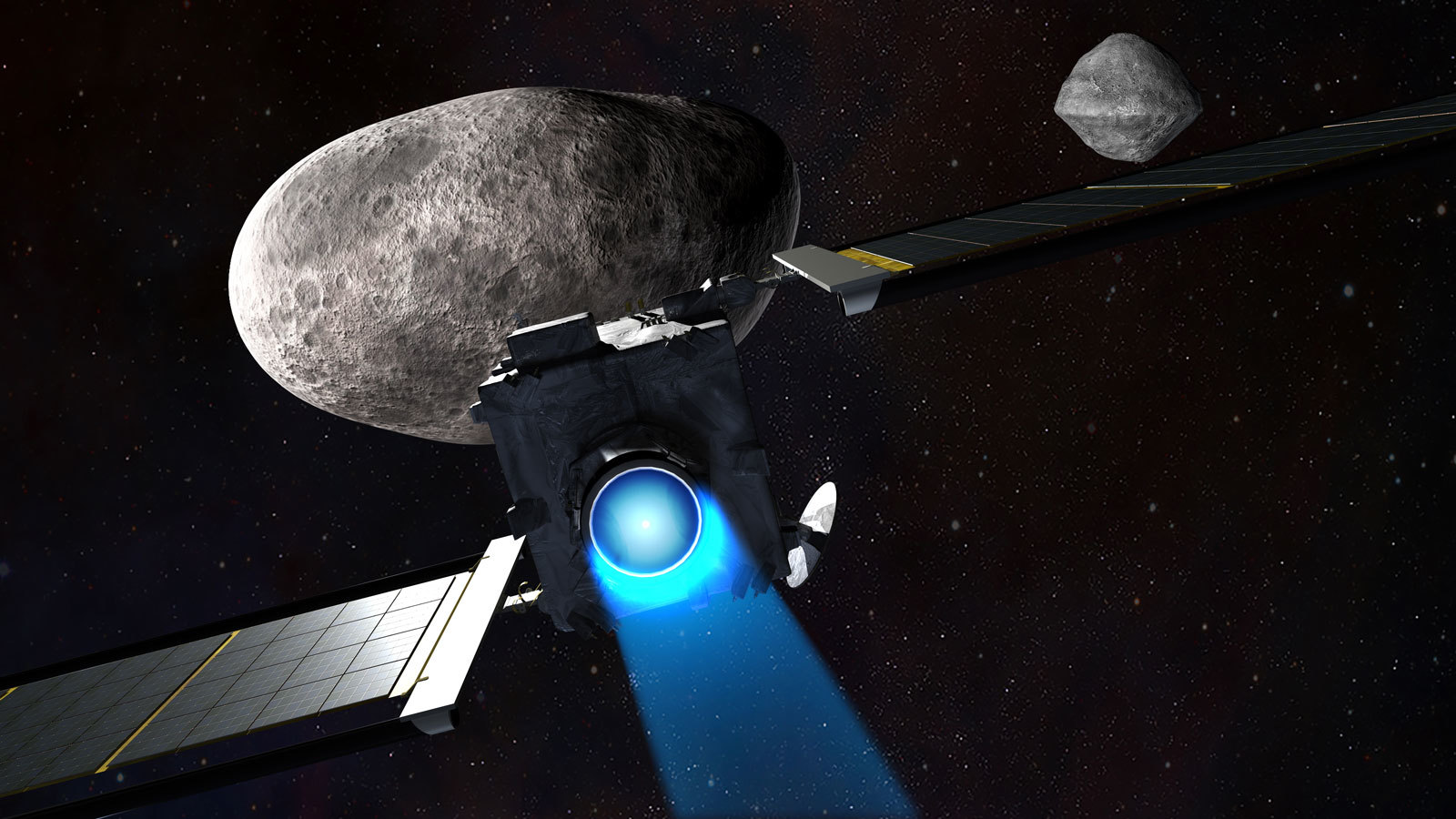Smashin' asteroids, Hollywood style: could nuking an asteroid save the Earth?
With the recent success of NASA's DART mission, asteroid deflection technology has made huge strides. Where does that leave Hollywood's more cinematic portrayals of asteroid smashing?

Movies have both thrilled and terrified us with the mysteries of space ever since French director Georges Méliès first took audiences on "A Trip to the Moon" all the way back in 1902. However, Hollywood's ongoing fascination with Earthbound asteroids has really elevated cosmic threats to the point where every so often, we all find ourselves nervously glancing skywards.
Although evidence suggests that the chances of an asteroid impacting Earth are negligible, nobody wants to share the fate of the dinosaurs. However, with NASA's recent DART mission having been declared a resounding success, should we ever find ourselves on collision course with an asteroid, our chances of survival look to have improved.
DART's aim wasn't to blow the asteroid to smithereens, or even to knock it off course in the traditional sense, however. Instead, DART's kinetic impact (that's science for we crashed into it) was intended to speed up the asteroid, testing whether we could use a similar approach to make a threatening asteroid miss Earth by being too early to the rendezvous.
Since DART exceeded its parameters for success many times over, where does that leave Hollywood's more bombastic portrayals of planetary defense? Space.com spoke to Joe Cuhaj, author of "Space Oddities: Forgotten Stories of Mankind's Exploration of Space," to discover if the Hollywood method, so often explosive and always entertaining, would actually protect us if it were Earth's first line of defense.
We've talked before about the proper way to nuke an asteroid (which again, involves changing its speed instead of blowing it up), but today we're looking at how well Hollywood's most famous plans would have gone.
For more articles at the cross section of space and entertainment, check out our guides to the best space movies and best sci-fi movies of all time.
Space frackers

When considering the scientific principles behind some of the best asteroid movies, there really is only one place to start and that's 1998's "Armageddon." We all know this one. When a rogue asteroid threatens Earth, drilling experts blast into the Earth's orbit, land on the asteroid, drill through its surface to reach the unprotected core before deploying a nuclear weapon to destroy it. Compared to the elegant simplicity of DART, this one seems very complicated, but what does Cuhaj make of it?
"First of all, we need to be able to fly deeper into space to even attempt something like this," states the author. "We're just barely getting people back to the moon, which would mean the asteroid would be pretty close to impacting the planet by the time the astronauts arrived on scene to drill down and deploy the device. Machines possibly could do that but again, there's that nuclear weapon and shattering the asteroid into a million pieces sending them to who knows where."
Plan B?

Also released in 1998, "Deep Impact" would continue Hollywood's obsession with using nuclear weapons to save Earth. Like "Armageddon," scientists aimed to drill into the asteroid's core, but when that gambit fails, the crew of the spacecraft Messiah fly into the asteroid, detonating the rest of their nuclear payload, blowing the asteroid up into smaller pieces which burn up harmlessly in the Earth's atmosphere.
Cuhaj is quick to point out the the similarity of this approach to NASA’s proposed use of kinetic impactors: "Ramming the spacecraft into the asteroid without nukes would be similar to DART and in that sense, realistically possible…with the exception of losing a crew, of course," argues Cuhaj.
However, with the planet-threatening space rock in "Deep Impact" being far too close to be knocked off course, the storyline allows Hollywood to once more bring its beloved nuclear payload to bear. While U.S. movies have enjoyed a long-standing infatuation for scoring direct nuclear hits on asteroids, experts have suggested that the correct approach would be to actually detonate bombs before impact, creating an explosive force to push the asteroid along, causing it to avoid Earth.
Exploding the sky

Let's head to the 1950s for our next case, and with the atomic superpowers in full swing, it's no surprise that nuclear weapons are once more touted as Earth's savior. In 1958's "The Day The Sky Exploded," the Earth faces destruction from a wayward asteroid cluster. The scientists successfully avert this by arming every nuclear warhead on Earth and firing all of these intercontinental ballistic missiles together at the target. Would this work? Would an avalanche of nuclear missiles be different to the impact of DART?
In short, yes, and probably not in an entirely good way. "At one time, NASA believed that nuclear weapons would be '10 to 100 times more effective' at diverting an asteroid hurtling toward Earth," explains Cuhaj, "but then, there are those thousands (millions?) of chunks left scattered in space possibly still hurtling toward us. DART was a non-nuclear kinetic impact that nudged an asteroid out of its path. There will still be some material broken off the asteroid and NASA is currently looking into how much was released after DART's impact in September."
All that debris has to go somewhere, and even if it wasn't big enough to impact the Earth's surface, it could still obliterate many of our satellites. Not exactly a fitting end for the James Webb Space Telescope or International Space Station.
Empty the silos

While we don't yet know just what kind of debris DART may have caused, it certainly wouldn't create the same amount of hazardous fragments that could hinder future space travel, or perhaps even continue to threaten the Earth. And that's why the strategy adopted in 1979's "Meteor" probably wouldn't work either. In this Sean Connery film, both the U.S. and Russia have nuclear missile systems already positioned in space, pointed at one another. Destroying the inbound asteroid is simply a matter of re-aiming the nuclear armaments, pointing them at the asteroid and firing. While in real-life, there is an Outer Space Treaty that forbids such setups, would launching nuclear weapons at an asteroid from space make a difference to our chances of survival?
Probably not, as Cuhaj points out that "There's that problem again of breaking the asteroid into pieces leaving the fragments to continue on their merry way to a possible collision with the Earth." The author also adds that "nukes orbiting the Earth never sounded like a great idea in the first place, hence the treaty."
So with DART looking like a success whilst nuclear solutions seem somewhat problematic, what are the odds of Hollywood making a different kind of asteroid movie next time? Kinetic impactor technology might be effective in the real world but movie directors, they do love a good explosion so don't be surprised if next time you tune into a new asteroid movie, there's still some kind of bomb at the center of it all.
Join our Space Forums to keep talking space on the latest missions, night sky and more! And if you have a news tip, correction or comment, let us know at: community@space.com.
Get the Space.com Newsletter
Breaking space news, the latest updates on rocket launches, skywatching events and more!

Dan's interests sit squarely at the intersection of science fiction and cinema, two childhood obsessions that he loves writing about this day. As video editor for UK outlet Film Stories he loves writing about movies every day. Dan has a degree that he's never used, believing instead that the answers to all of life's questions can be found by gazing at a huge screen in a darkened room in the company of strangers. You'll usually find him here at Space talking about sci-fi movies and games.
-
Viktor Vasylyev So far, the question about the "success of NASA's DART mission" remains open. At least until the publication of three articles in Nature, which were announced as "submitted" in references to reports at the expected conference https://www.hou.usra.edu/meetings/lpsc2023/technical_program/#20230314 I hope that in these publications, when analyzing the results of observations of the difference between the moments of mutual asteroid eclipses, the influence of a one-sided and optically dense cloud of “mini-satellites” (consisting of relatively large asteroid fragments that were ejected into orbit around Dimorphos as a result of impact) will be taken into account. The point is that, according the estimations this cloud could lead to near half-hour optical-geometric distortions in the measurements due to the displacement of the photometric center with respect to the center of gravity.Reply -
Unclear Engineer Dimorphos is just one type of potential Earth impacting space object. It seems to be just a collection of rocks and dust that is loosely bound by its own gravity, without any cohesion inducing processes to make the fragments stick together - but maybe there is a bit of ice acting as binder. Comets might behave differently when impacted, apparently being something like dusty snow balls. Metallic asteroids might behave differently from either.Reply










